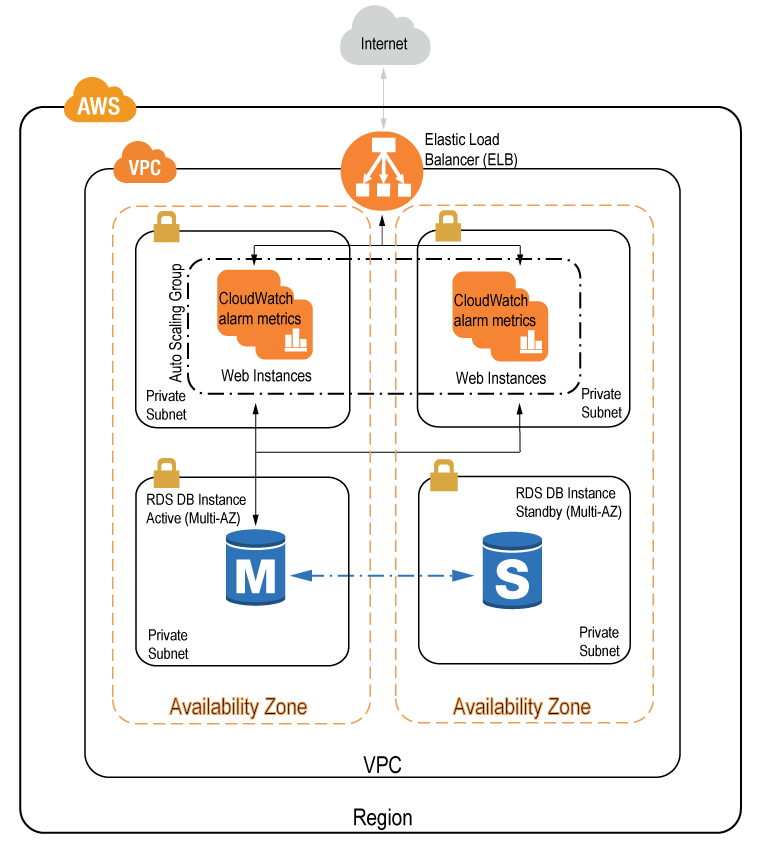REVVOPS V8 Dynamic Balanced is software for creating advanced high performance (mainly) public cloud site hosting infrastructure, though you could also deploy it effectively in private, hybrid or multi cloud combination environments.
The general availability free download runs natively on Windows and supports AWS out of the box, though versions for Linux and macOS, plus support for any other public cloud can be provided on request; so that would include Microsoft Azure, Google Cloud Platform (GCP), Oracle Cloud Infrastructure(OCI), Digital Ocean, Equinix, OVHcloud, Hetzner, Alibababa Cloud and many others. Dynamic Balanced is built into the REVVOPS V8 Core binary as a shard. We'll use just the name Dynamic and Dynamic Balanced interchangeably on this page.
On the home page we say: "REVVOPS V8 Dynamic Balanced delivers super high availability, fault tolerance, security, reliability and cost effectiveness for demanding site hosting requirements, with a plethora of enterprise production options to further enhance a precision fit to web hosting performance needs."
Well, REVVOPS V8 Dynamic Balanced is the world's first and only real binary native running software available that can do this. While most of the cloud industry gets by with a mish mash of scripts, cloud vendor specific toolkits, proprietary DSLs, CM tool add-ons and manual configuration work, Dynamic Balanced eliminates the variable quality outcomes of these approaches and delivers unmatched reliability, repeatability, security and desired state configuration capabilities.
To visualize what Dynamic does, take a look at the graphic below, which is a larger version of the one from the home page. When you say
revvops up --arch=revvops-dynamic-balanced the V8 Core will create the infrastructure on that grid in your AWS account, enabling you to run your website with powerfully flexible internet traffic handling capabilities. Those bronze colored squares with the bar chart icon are EC2 instance worker nodes and they'll take care of that for you. Your site's internet traffic will be routed to those ephemerally created instances via that bronze colored disc at the bottom of the grid, which is a load balancer.

The AWS architecture diagram below depicts things more accurately. Note that AWS have changed their standard architecture diagramming symbols a few times and we use one of their earliest versions here, which many still consider to convey architectural ideas in the clearest way. So this is the AWS version of a widely adopted cloud industry design pattern for flexible traffic handling website hosting; with other public clouds only using different terminology for the same sort of concepts and resources. Dynamic Balanced gives you this for free as a firm foundation for many kinds of site hosting situations. You should consider this as the basics however, as it gets more complex in line with more advanced site hosting performance requirements.

In this diagram only two Availability Zones are shown for data center network redundancy, though usually depending on the AWS Region there would be three or more. Also note that 'Elastic Load Balancer' refers to different types of load balancer, which need to be selected with careful consideration for your site needs, in order to get the best results. Regarding 'CloudWatch alarm metrics', many of the manual and scripting AWS configurations we've reviewed don't make very good use of CloudWatch, which is a shame as it's one of the most capable facilities of the AWS platform. Dynamic Balanced however, uses it extensively and offers a lot of CloudWatch customization at higher tuning levels:
REVVOPS Dynamic Balanced Software Tuning Levels
Level 1 - gives you private subnets for all your EC2 instance worker nodes, as well as your RDS master database instance. It also allows you to isolate your database from possible Availability Zone failure by operating a replicated standby database in a different Availability Zone. Building on these architectural fundamentals, Amazon Route 53 is used to make sure that your site's domain name will correctly resolve to the public IP address of your Elastic Load Balancer, i.e. making your site accessible by its domain name on the public Internet.
Level 2 - allows you to select from different types of Elastic Load Balancer, a very important resource for the overall performance of your architecture. Though the Network Load Balancer (NLB) type can handle more requests per second than other kinds, it may not be appropriate for your web application; costs, SSL handling, path based routing and other factors should be considered to determine if an Application Load Balancer (ALB) or Classic Load Balancer (CLB) should be used instead.
Level 3 - leverages the global caching Amazon CloudFront content delivery network (CDN) to optimize your site performance. By moving your site's static content assets to Amazon S3 and serving them via CloudFront from locations geographically closer to end users, your site's load time can be reduced. This results in a very significant overall performance benefit, considering your site's traffic from all locations.
Level 4 - adds even more performance to your stateful web applications. By using Amazon DynamoDB or another key value NoSQL database, session data storage and retrieval duties can be offloaded to much higher performance distributed software that's been specifically built for this kind of task. How we do this in REVVOPS Dynamic depends on your tech stack, but it raises the bar of performance for your website in its ability to scale to reliably support more users with a higher volume of sessions and session data.
Level 5 - gives you still greater performance by taking advantage of Amazon ElastiCache to store common database query results; taking the load off your web application's database tier, reducing your web application's potential for latency and increasing its responsiveness experienced by users. This performance boosting technique is much more cost effective than simply increasing the specifications of your RDS instance, or RDS horizontal scaling.
REVVOPS Dynamic Balanced Software Integrations
REVVOPS Dynamic Balanced can be supplied with integrated support for other cloud products you may already have an interest in:
For observability/monitoring we already have extensive built in support for AWS CloudWatch and can supply any custom dashboard configuration you specify, but outside of the AWS platform REVVOPS Dynamic can also be supplied to work with Datadog, Splunk, Dynatrace, or Sysdig.
For next generation web application firewall (NGWAF/WAF) security, Palo Alto WAF or AWS WAF can be supplied suitably preconfigured for your web application architecture.
For cost optimization, REVVOPS Dynamic has built in support for AWS Spot pricing, or can also integrate with Spot by NetApp. In certain situations Spot pricing can be used to achieve very large savings over on-demand rates.